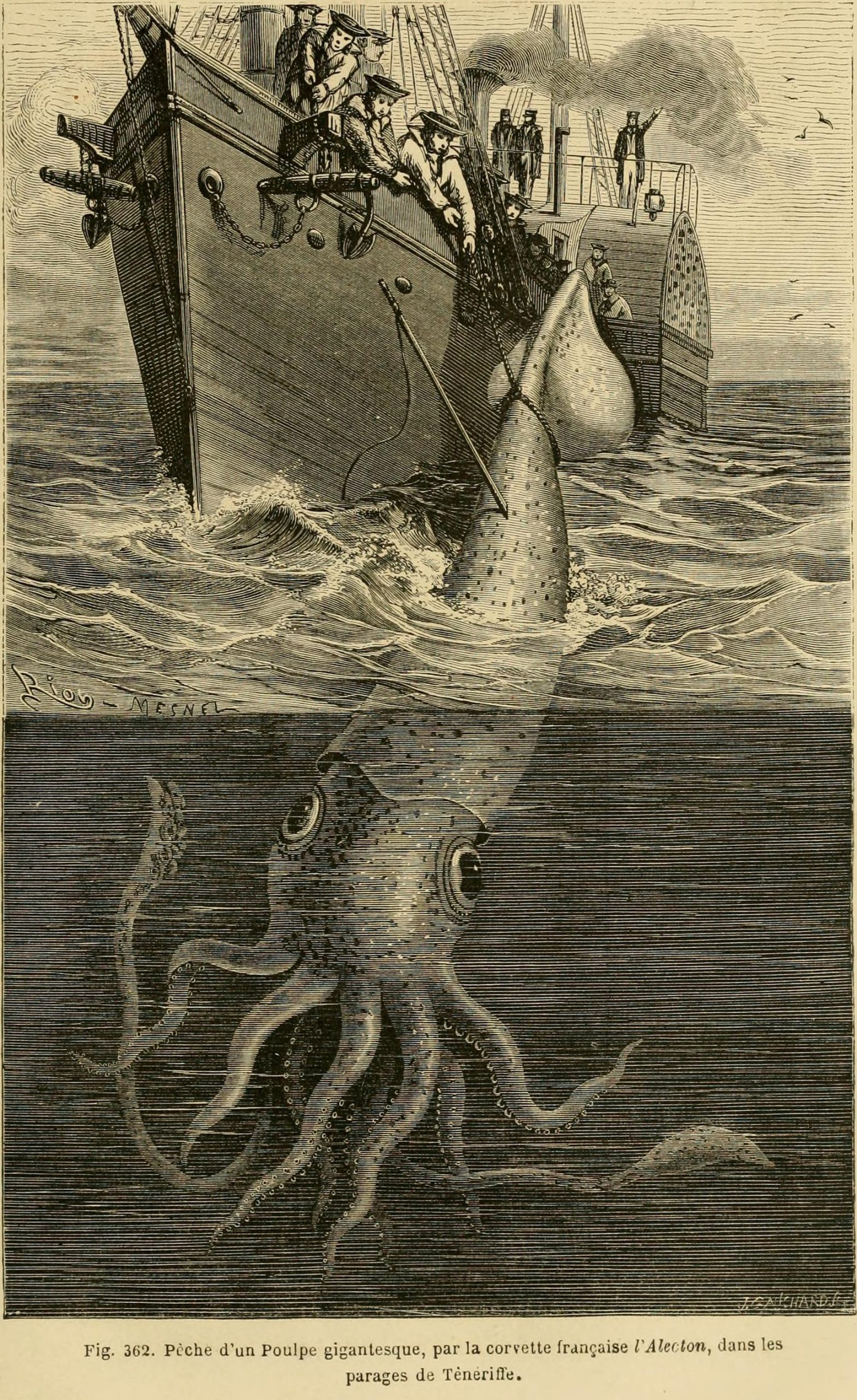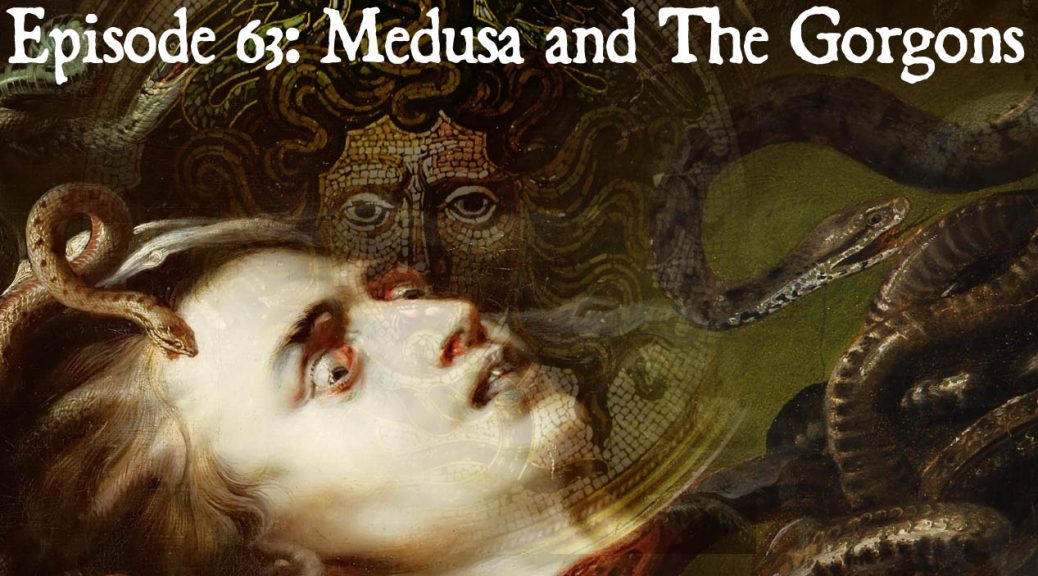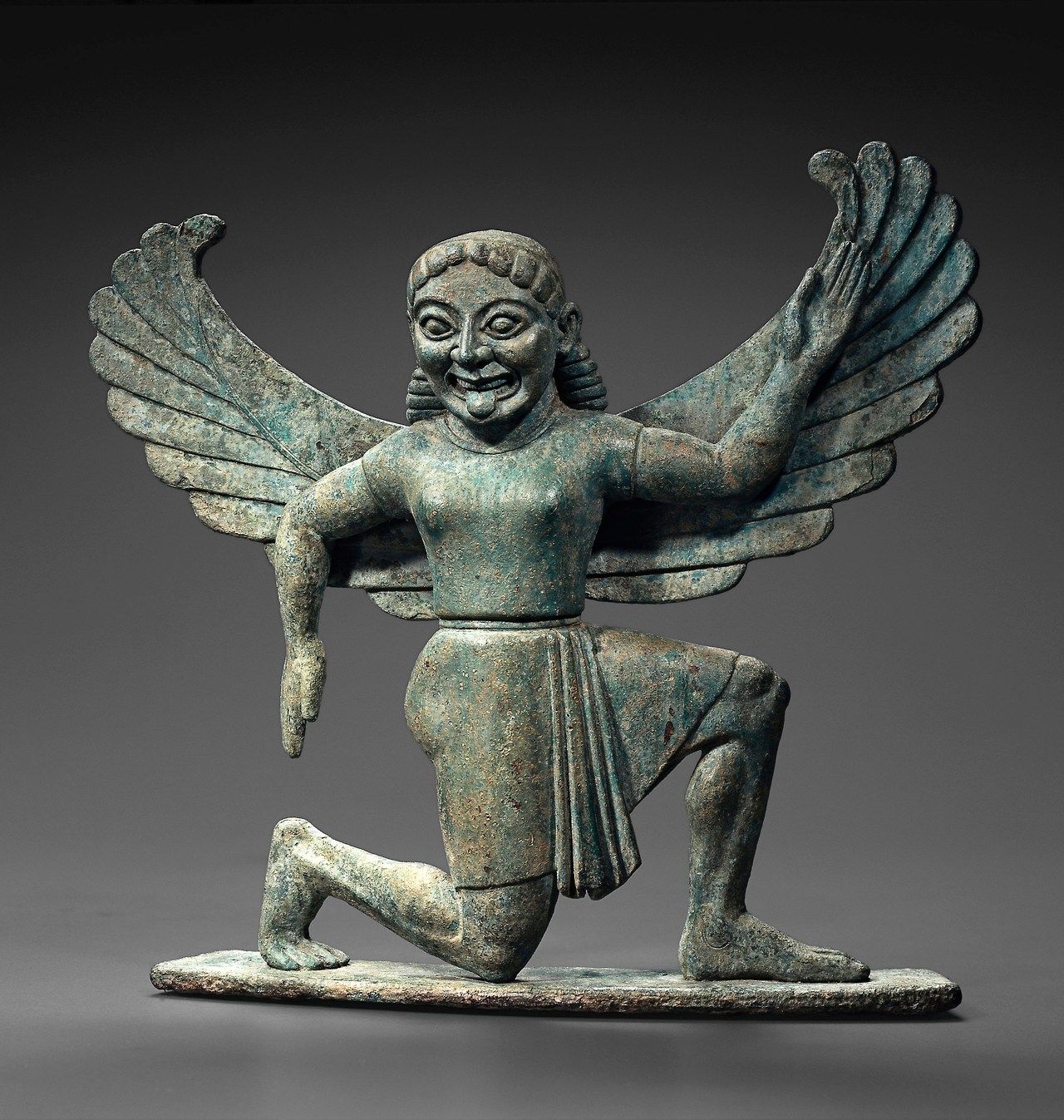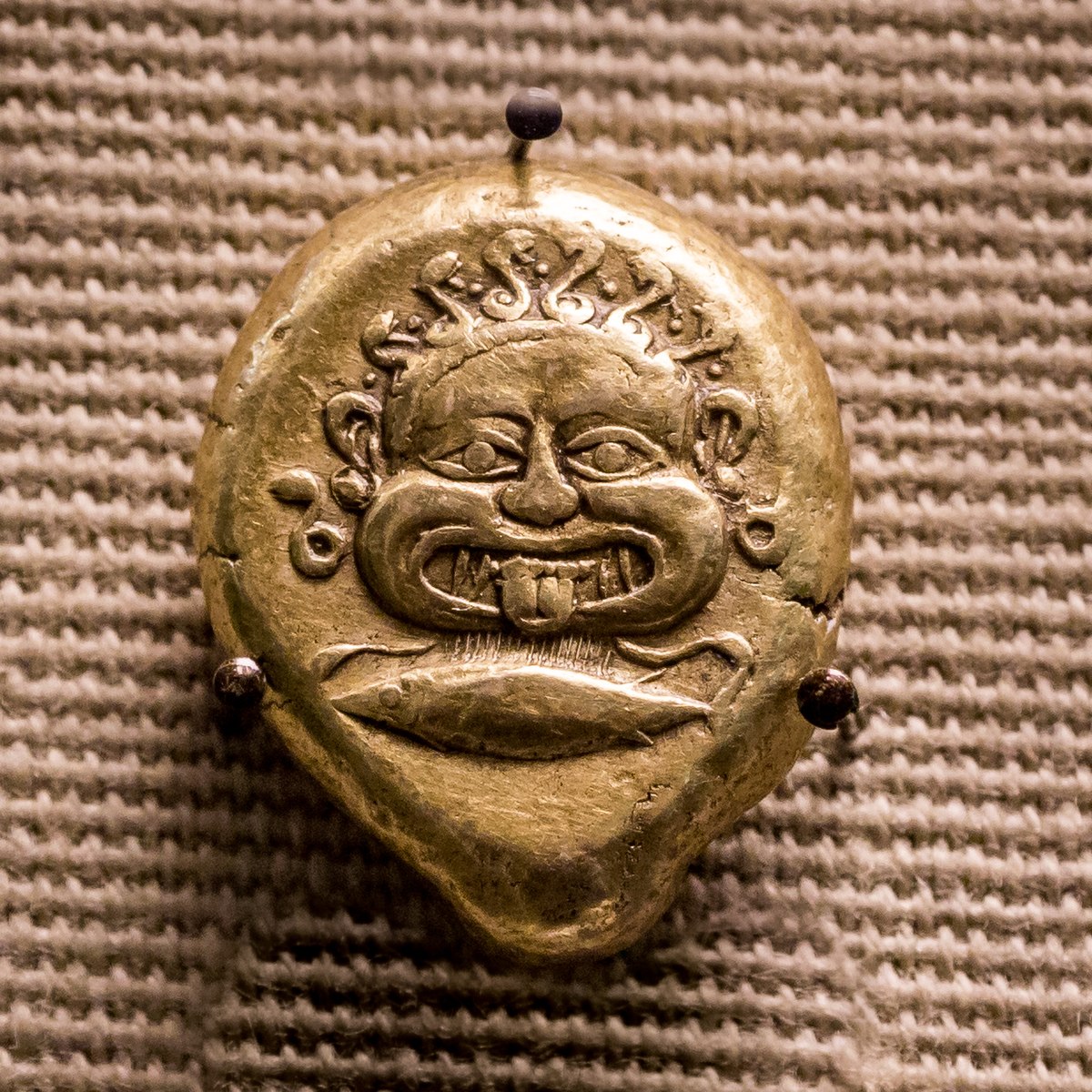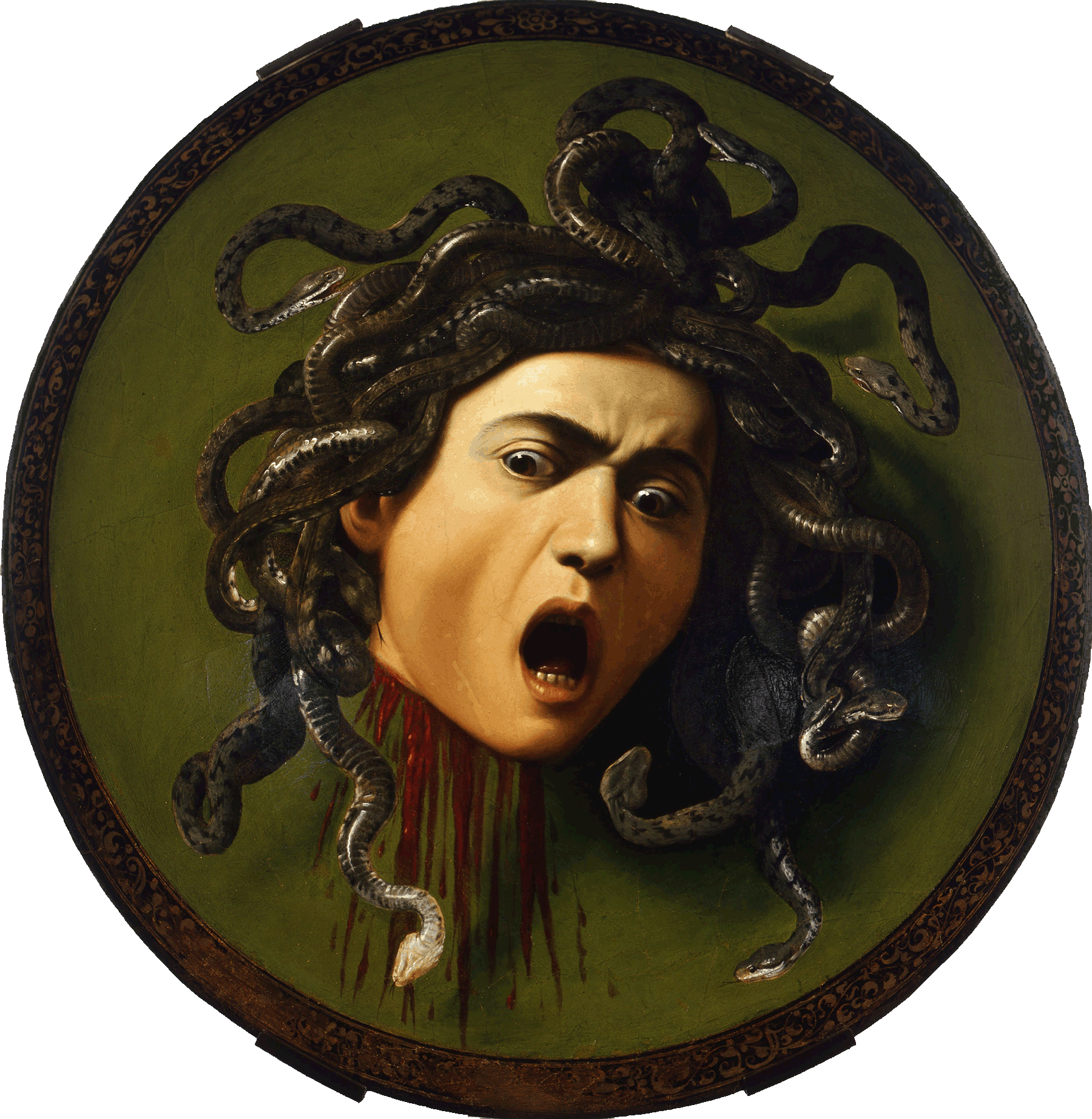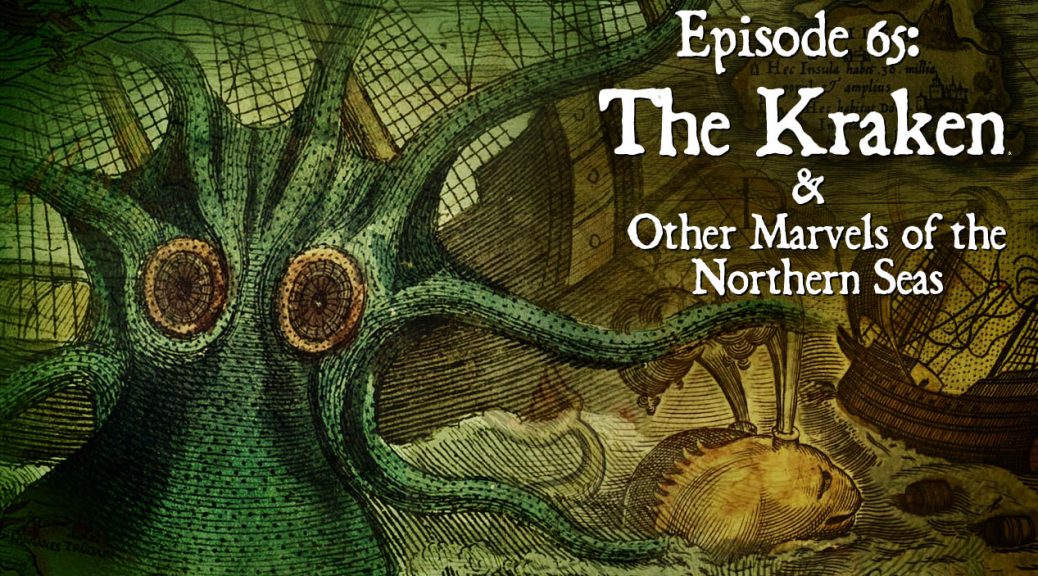
The Kraken and Other Marvels of the Northern Seas
Podcast: Play in new window | Download (Duration: 45:06 — 51.6MB)
Subscribe: Apple Podcasts | Spotify | Android | Podchaser | RSS | More
The Kraken is only one of the monsters said to inhabit the storied northern seas of Scandinavia. This episode is the first of two that will examine fantastical nautical tales of these regions.
We begin with a bit of dialogue about the Kraken uttered by Davy Jones in Disney’s 2006 Pirates of the Caribbean film Dead Man’s Chest. It’s particularly appropriate to our first theme: the Kraken (and a couple Kraken-adjacent creatures) as embodiments of the apocalypse. The first of these is probably never far from some listeners’ thoughts — Cthulhu. The second is the Norse World Serpent (a Sea Serpent), Jörmungandr.
Lovecraft’s creation, some scholars believe, may have been inspired by an 1830 poem “The Kraken” by Alfred Lord Tennyson, which we hear read by Mrs. Karswell. Of particular interest here is the way in which Tennyson associates the creature with the sort of epochal shift Lovecraft later represented in the rising of the Old Ones to claim the Earth for themselves.
Jörmungandr is a primary participant in the Norse End of the World or Ragnarök. We hear this described in a passage from the 13th-century Prose Edda. We also hear a more “light-hearted” tale in which Thor goes fishing for the World Serpent – hilarity ensues!
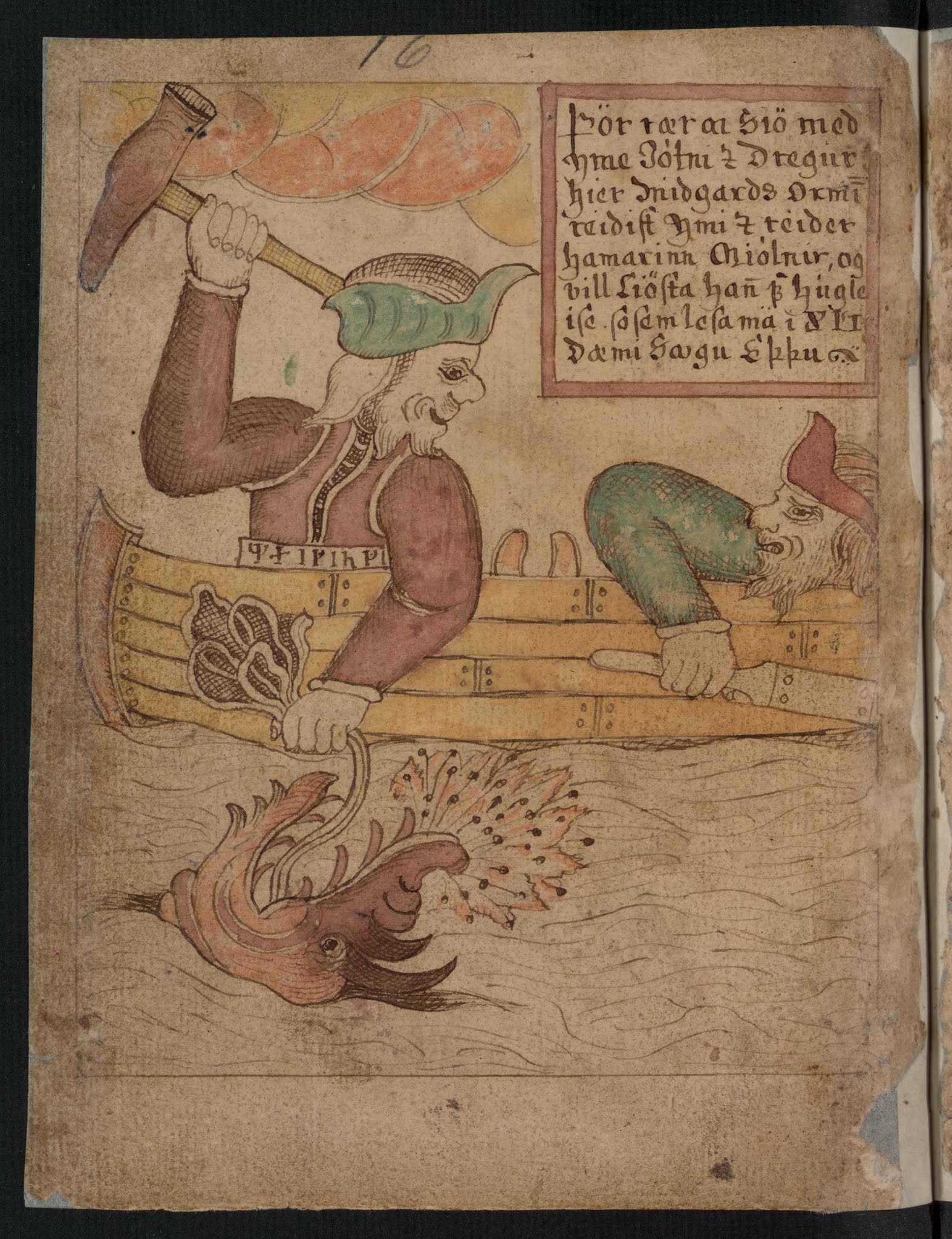
The earliest accounts of sea serpents (though not necessarily the Kraken) come from the Swedish writer Olaus Magnus, a 16th-century Archbishop of Uppsala. He not only populated his map of the northern seas, the Carta Marina (the first to represent the region) with illustrations of monsters, but described some common beliefs about the creatures in his 1555 book, History of the Northern People, from which he hear some passages focusing on sea serpents.
Hans Egede, Lutheran missionary to Greenland of Danish and Norwegian descent, provides our next account of a sighting, not secondhand lore as with Magnus, but a description of a creature he alleges to have seen himself on July 6, 1734. The passage we hear is from his 1745 publication, A Description of Greenland.
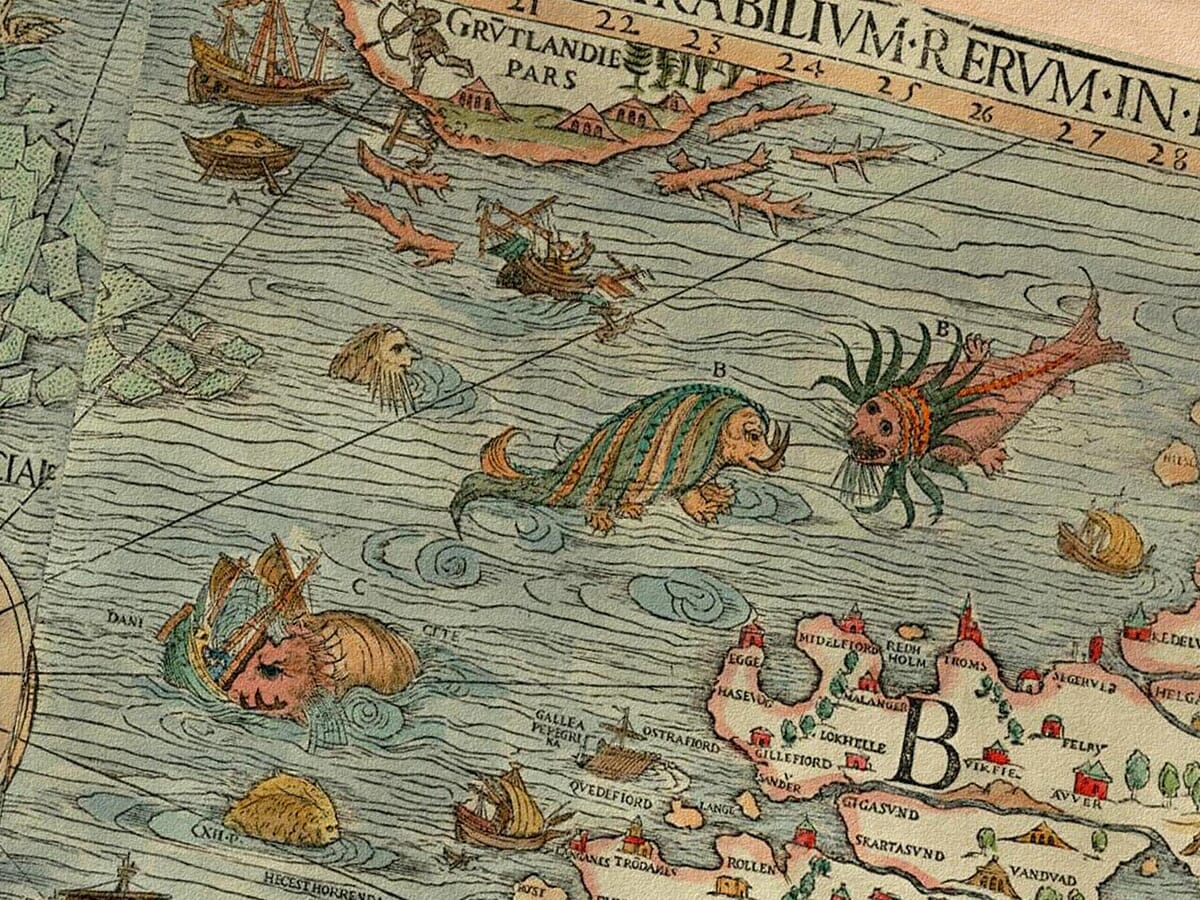
Then we come to the definitive source for our show’s topic, the Danish-Norwegian author and Lutheran bishop, Erik Pontoppidan. His work The Natural History of Norway, published in two volumes in 1752 and ’53 describes both serpentine monsters and the Kraken.
Regarding the former, he provides a wealth of information, from which we have extracted the more intriguing bits — sailors firing on sea serpents and serpents sinking ships, the creature’s disgusting method of attracting a meal of fish, the differences between sea serpents of the Norwegian and Greenland Seas, preventative measures taken against these monsters, and an interesting use for sea serpent hide.
Where Pontoppidan turns his attention to the Kraken, the waters get murkier. It soon become clear that our current way of imagining the Kraken (formed largely by 19th-century illustrations and later media) may not apply. In an effort to “rationalize” this monster by comparison to natural creatures, Pontoppidan calls in a number of candidates: “polypi” (squid or other cephalopods) as well as starfish, a type of sea anemone, and even crabs. “Krabben” (a form of crab) even turns out to be a name equivalent to “Kraken” according to Pontoppidan. We also hear what we think of as tentacles referred to as “horns” or “antennae.”
One thing that remains clear in Pontoppidan’s descriptions (and perhaps more so in earlier accounts to be explored next time) is that the monster is very large, the largest animal of land or sea. We hear an account from The Natural History of Norway emphasizing this as well as some others highlighting the creature’s more off-putting habits.
One reason, we learn, that Pontoppidan won’t just lock in the giant squid comparison, is that the existence of such creatures was not confirmed by those who study such things until the 1870s, roughly a century after Pontoppidan’s career. Even in Jules Verne’s 1870 novel 20,000 Leagues Under the Sea, the tentacled creature visualized so memorably in Disney’s 1954 film (from which we hear a clip) was not identified as a squid, but as an octopus (or octopi, as it’s an entire school of these that menace the Nautilus.)
After a quick look at how the giant squid worked its way into Kraken lore and public consciousness, we sirvey a few more modern accounts mirroring the legendary attacks these beasts would make on ships, the latest from 1978, and a substantially more dramatic one from World War II. Features are some clips from a 1980 episode, “Monsters of the Deep,” from the television show Arthur C. Clarke’s Mysterious World.
